The Infinix Zero 20 is a mid-range smartphone that aims to strike a balance between performance, design, and affordability. With its sleek aesthetics and a focus on camera capabilities, it targets young consumers who want a stylish device without breaking the bank. But does it deliver on its promises? Let’s dive into the details.
Design and Build Quality
At first glance, the Infinix Zero 20 stands out with its modern and minimalist design. The phone features a glossy plastic back with a gradient finish that catches the light beautifully, giving it a premium look despite its budget-friendly materials. The frame is also made of plastic, but it feels sturdy in hand. Weighing around 196 grams and measuring 8.9mm in thickness, it’s not the lightest or thinnest device out there, but it remains comfortable for daily use.
The front is dominated by a 6.7-inch AMOLED display with slim bezels and a centered punch-hole cutout for the selfie camera. The power button and volume rocker are placed on the right side, while the SIM tray sits on the left. At the bottom, you’ll find a USB-C port, a speaker grille, and a 3.5mm headphone jack—a rare inclusion in today’s market.
Display Quality
The Infinix Zero 20 boasts a 6.7-inch Full HD+ AMOLED display with a resolution of 1080 x 2400 pixels. The colors are vibrant, and the contrast is excellent, as expected from an AMOLED panel. With a 90Hz refresh rate, scrolling and animations feel smooth, though it’s not quite as fluid as the 120Hz screens found in some competitors. Still, for media consumption and casual gaming, this display is more than adequate.
Brightness levels are decent, but outdoor visibility could be better under direct sunlight. The touch response is accurate, and the display supports Widevine L1, allowing for HD streaming on platforms like Netflix and Amazon Prime Video.
Performance and Software
Under the hood, the Infinix Zero 20 is powered by the MediaTek Helio G99 chipset, a capable mid-range processor built on a 6nm process. It’s paired with 8GB of RAM and 256GB of internal storage, which is expandable via a microSD card. Day-to-day performance is smooth, with apps launching quickly and multitasking handled without major hiccups. However, heavy gaming can push the device to its limits, resulting in occasional frame drops in graphically intensive titles.
The phone runs on Android 12 with Infinix’s XOS 12 skin on top. While XOS offers a fair amount of customization, it also comes with bloatware and aggressive background app management, which can be annoying. On the upside, Infinix promises at least two major Android updates, which is a plus for long-term usability.
Camera Performance
One of the standout features of the Infinix Zero 20 is its camera setup. The rear houses a triple-camera array: a 108MP primary sensor, a 13MP ultra-wide lens, and a 2MP depth sensor. The 108MP main camera captures detailed shots in good lighting, though dynamic range could be better. The ultra-wide lens is useful for group shots and landscapes, but it suffers from distortion at the edges. Low-light performance is average, with noise creeping in when the lighting isn’t ideal.
The front camera is where things get interesting—a 60MP sensor with OIS (optical image stabilization), a rarity in this price range. Selfies come out sharp and well-stabilized, even in low light. Video recording maxes out at 4K@30fps for the rear camera and 1440p@30fps for the front, with electronic stabilization that works reasonably well.
Battery Life and Charging
A 4500mAh battery powers the Infinix Zero 20, which should comfortably last a full day of moderate use. With lighter tasks like browsing and messaging, you might even stretch it into a second day. The phone supports 45W fast charging, and the included charger can top up the battery from 0% to 70% in about 30 minutes—a welcome feature for users who are always on the go.
Audio and Connectivity
The single bottom-firing speaker delivers decent sound quality, though it lacks bass and can get tinny at higher volumes. The headphone jack is a nice touch for wired audio enthusiasts. Connectivity options include dual-band Wi-Fi, Bluetooth 5.2, and 4G LTE (no 5G support). NFC is absent, which might be a dealbreaker for some users.
Final Verdict
The Infinix Zero 20 is a solid mid-range contender with a few standout features, particularly its 60MP OIS selfie camera and vibrant AMOLED display. While it has some drawbacks—such as bloatware, mediocre low-light photography, and no 5G—it offers good value for the price. If you prioritize camera performance and display quality over raw power, this phone is worth considering.
Key Specifications:
Display: 6.7-inch AMOLED, 1080 x 2400 pixels, 90Hz refresh rate
Chipset: MediaTek Helio G99 (6nm)
RAM: 8GB
Storage: 256GB (expandable via microSD)
Rear Cameras: 108MP (main), 13MP (ultra-wide), 2MP (depth)
Front Camera: 60MP with OIS
Battery: 4500mAh, 45W fast charging
OS: Android 12, XOS 12
Connectivity: 4G LTE, Wi-Fi 5, Bluetooth 5.2, USB-C, 3.5mm jack
Dimensions: 164.5 x 76.5 x 8.9mm, 196g

By /Jun 4, 2025

By /Jun 4, 2025
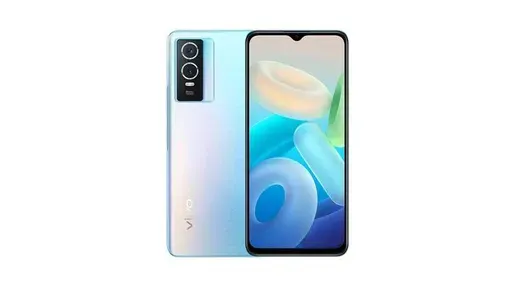
By /Jun 4, 2025
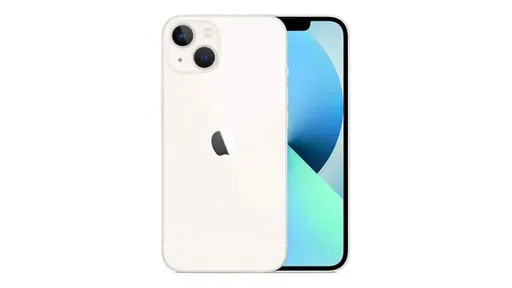
By /Jun 4, 2025

By /Jun 4, 2025
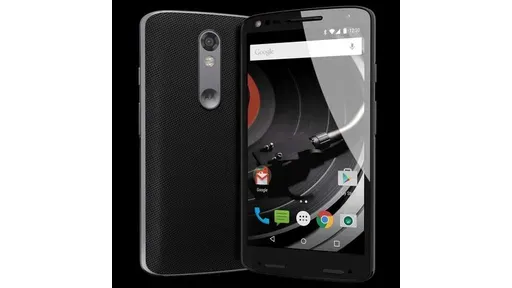
By /Jun 4, 2025
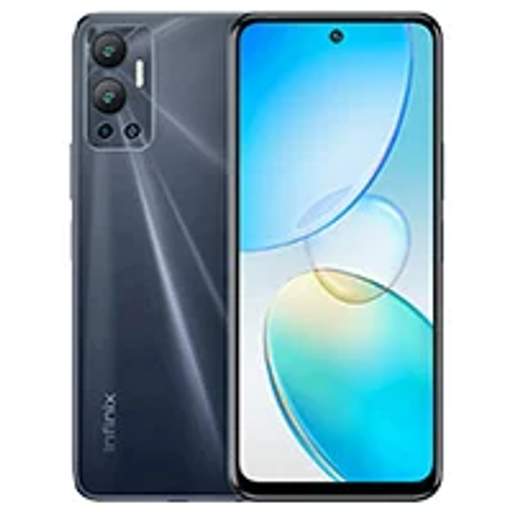
By /Jun 4, 2025
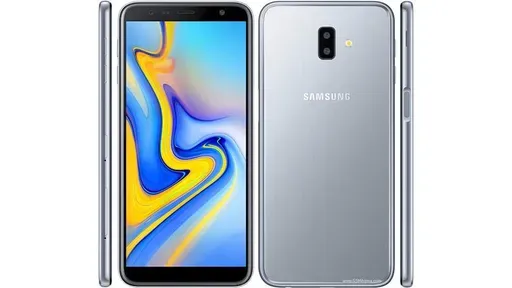
By /Jun 4, 2025
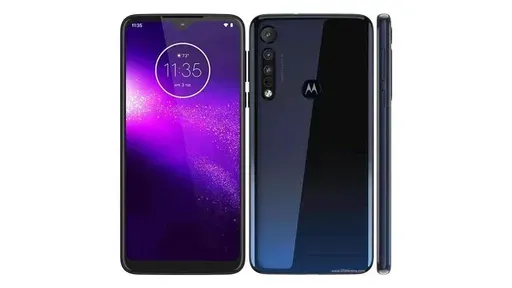
By /Jun 4, 2025
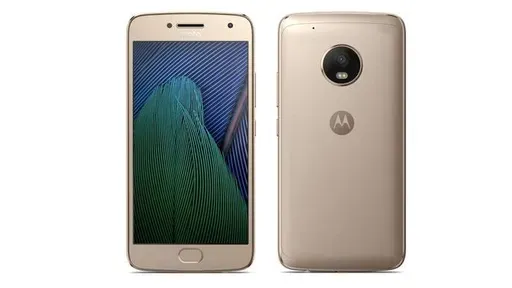
By /Jun 4, 2025
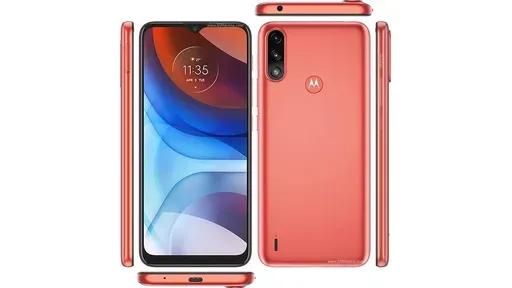
By /Jun 4, 2025
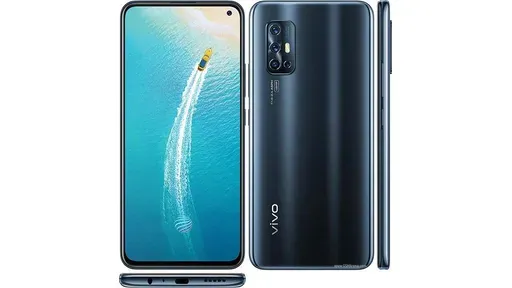
By /Jun 4, 2025
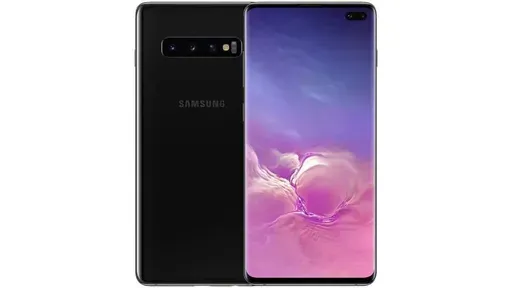
By /Jun 4, 2025
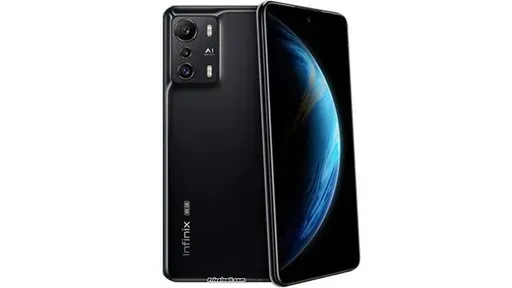
By /Jun 4, 2025

By /Jun 4, 2025
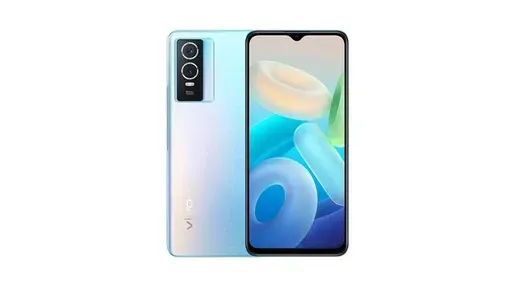
By /Jun 4, 2025
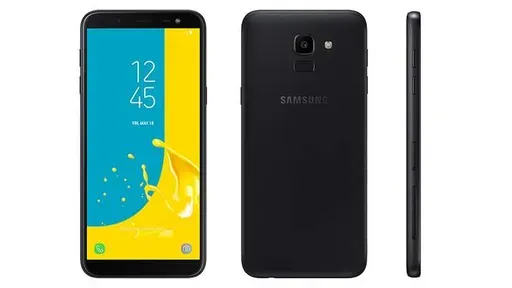
By /Jun 4, 2025
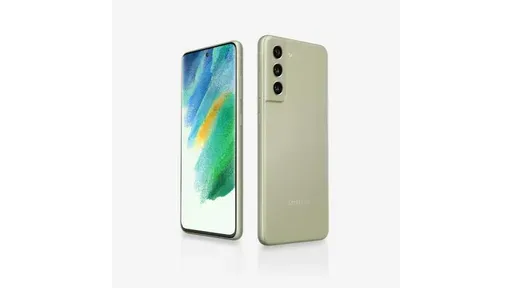
By /Jun 4, 2025

By /Jun 4, 2025
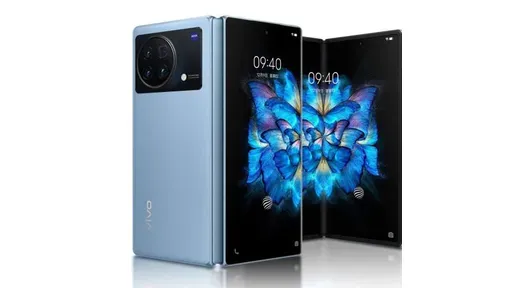
By /Jun 4, 2025

By /Jun 4, 2025
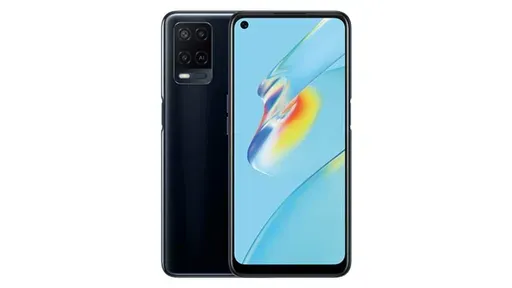
By /Jun 4, 2025
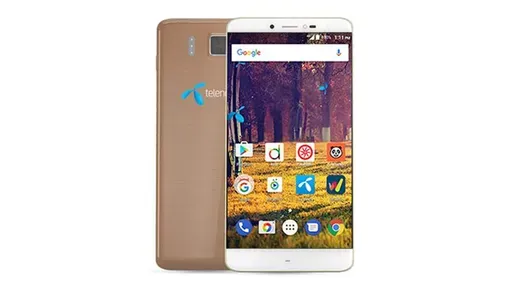
By /Jun 4, 2025

By /Jun 4, 2025
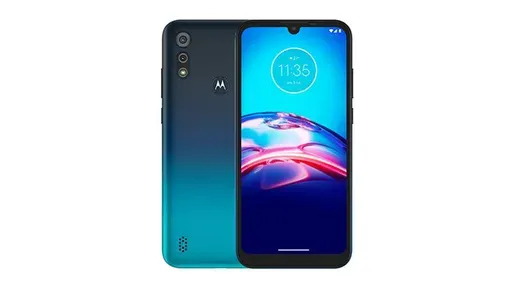
By /Jun 4, 2025
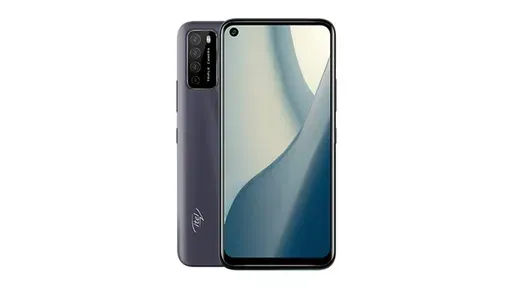
By /Jun 4, 2025

By /Jun 4, 2025
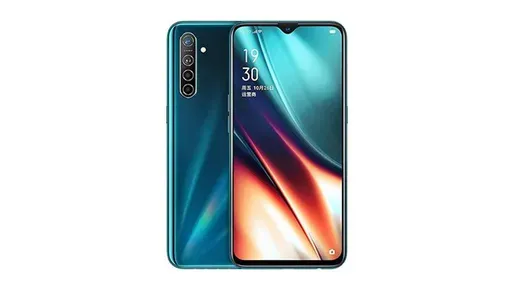
By /Jun 4, 2025
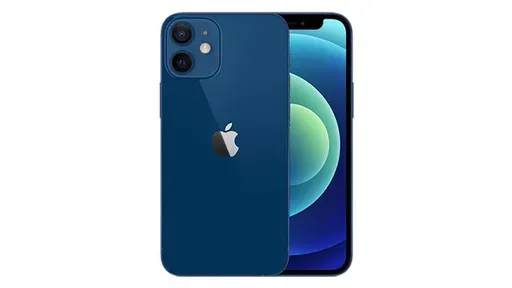
By /Jun 4, 2025

By /Jun 4, 2025
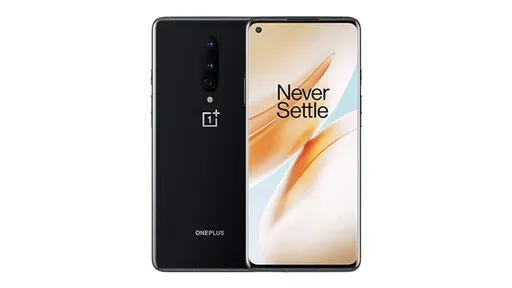
By /Jun 4, 2025
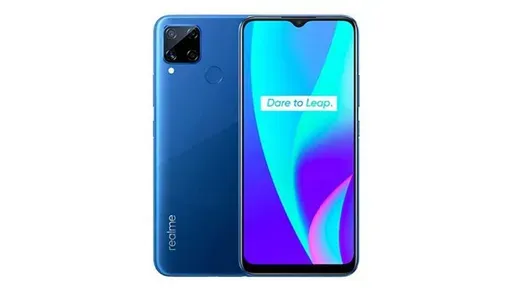
By /Jun 4, 2025

By /Jun 4, 2025
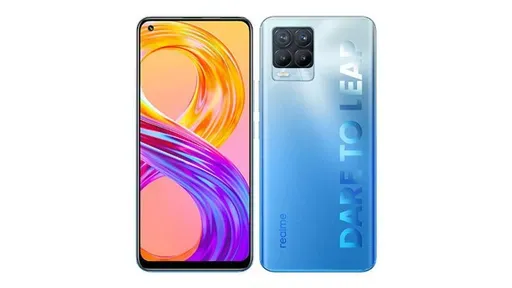
By /Jun 4, 2025
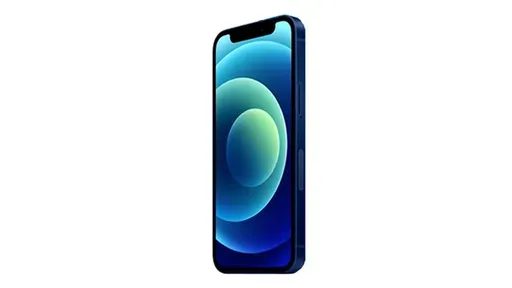
By /Jun 4, 2025